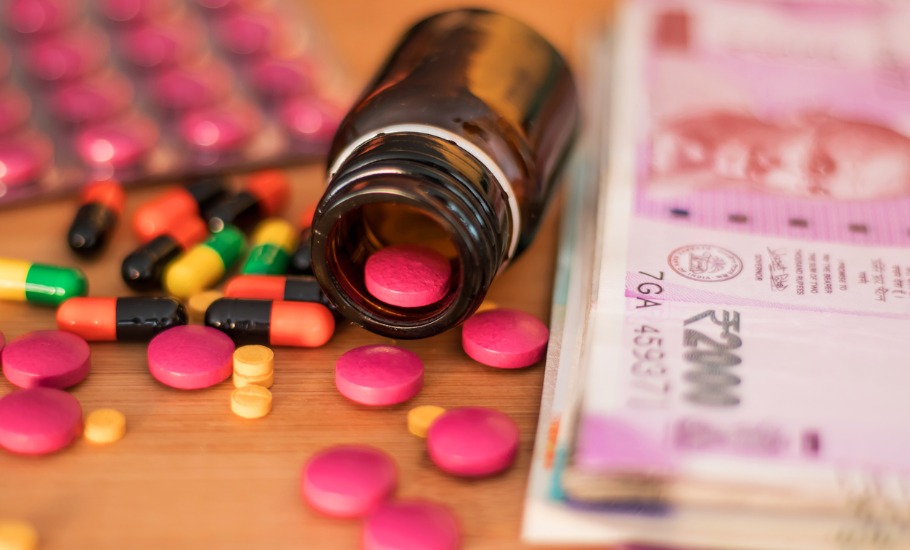
India consumes large volume of antibiotics; azithromycin tops list: Lancet

Azithromycin was the most consumed antibiotic tablet in India and more than 47% of antibiotic formulations used in the country’s private sector in 2019 were not approved by the central drug regulator, according to a study published in The Lancet Regional Health – Southeast Asia.
The study ‘Consumption of systemic antibiotics in India in 2019’, said “inappropriate use of antibiotics is a significant driver of antibiotic resistance in India.”
The study examined the private sector antibiotic use, which contributes to 85–90% of the total consumption in India.
Also read: Antibiotic-resistant typhoid strains rising, shows new research
As per the study, the total volume of anti-infectives sold in India in 2019 was 2,807 million packs, of which systemic antibiotics constituted 2,165 million packs (77.1%). It identified 163 antibiotic preparations involving 85 antibiotic molecules.
There were 1,098 unique formulations and 10,100 unique products (brands), 73.5% of systemic antibiotic brands were oral preparations (57.8% solids and 15.7% liquids), and 26.5% were parenteral preparations, 45.5% of brands (18.8% of formulations) belonged to Central Drugs Standard Control Organisation (CDSCO) approved category, 33.7% (9.5% of formulations) belonged to the National List of Essential Medicines (NLEM) and 42.9% of formulations (53.3% of brands) belonged to the Watch category, 25.1% of formulations (19.4% of brands) belonged to the discouraged group.
“Largely unrestricted over-the-counter sales of most antibiotics, manufacturing and marketing of many fixed-dose combinations (FDC) and overlap in regulatory powers between national and state-level agencies complicate antibiotics availability, sales, and consumption in the country,” it added.
According to the researchers, the total number of DDDs (defined daily dose) consumed was 5,071 million, translating to 10.4 DDD per 1,000 population per day (10.4 DID). Cephalosporins was the most used antibiotic class (1,496 million DDDs, 29.5%), followed by penicillins (859 million, 17.0%) and macrolides (835 million, 16.5%).
“Twelve antibiotic molecules constituted 75% of the total consumption (Drug Utilization 75 (“DU75”). Azithromycin was the most consumed antibiotic molecule (640 million DDDs, 12.6%), followed by cefixime (516 million, 10.2%). Azithromycin 500mg tablet was the most consumed formulation (384 million DDDs, 7.6%), followed by cefixime 200 mg tablet (331 million DDDs, 6.5%),” the study said.
“Although the per-capita private-sector consumption rate of antibiotics in India is relatively low compared to many countries, India consumes a large volume of broad-spectrum antibiotics that should ideally be used sparingly. This, together with significant share of FDCs from formulations outside NLEM and a large volume of antibiotics not approved by the central drug regulators, call for significant policy and regulatory reform,” the study said.
The researchers analysed cross-sectional data from PharmaTrac, a nationally representative private-sector drug sales dataset gathered from a panel of 9,000 stockists across India.
Also read: How scientists propose to fight drug-resistant bacteria, give antibiotics a miss
They used the AWaRe (Access, Watch, Reserve) classification and the defined daily dose (DDD) metrics to calculate the per capita private-sector consumption of systemic antibiotics across different categories: FDCs vs single formulations; approved vs unapproved; and listed vs not listed in NLEM.


